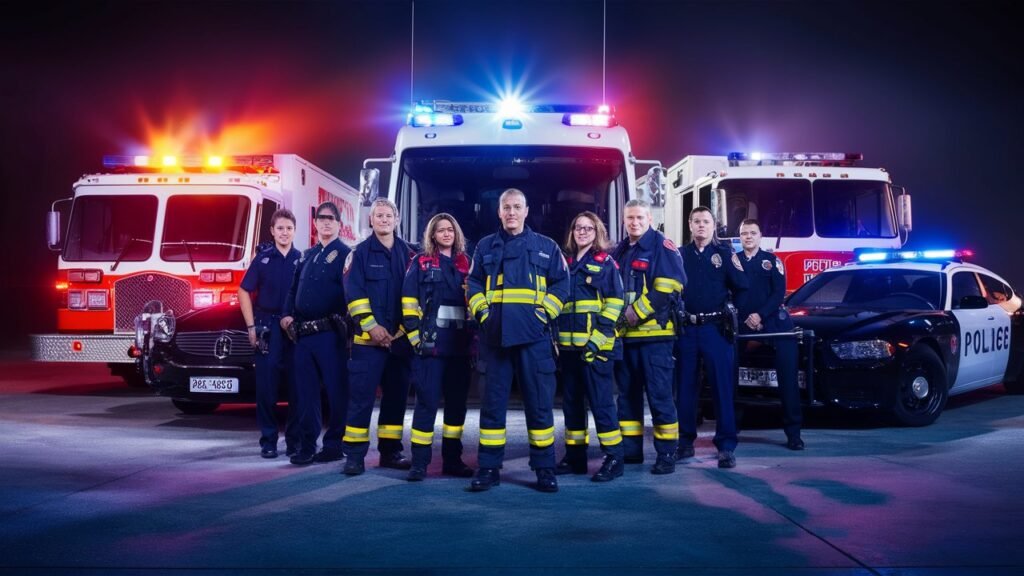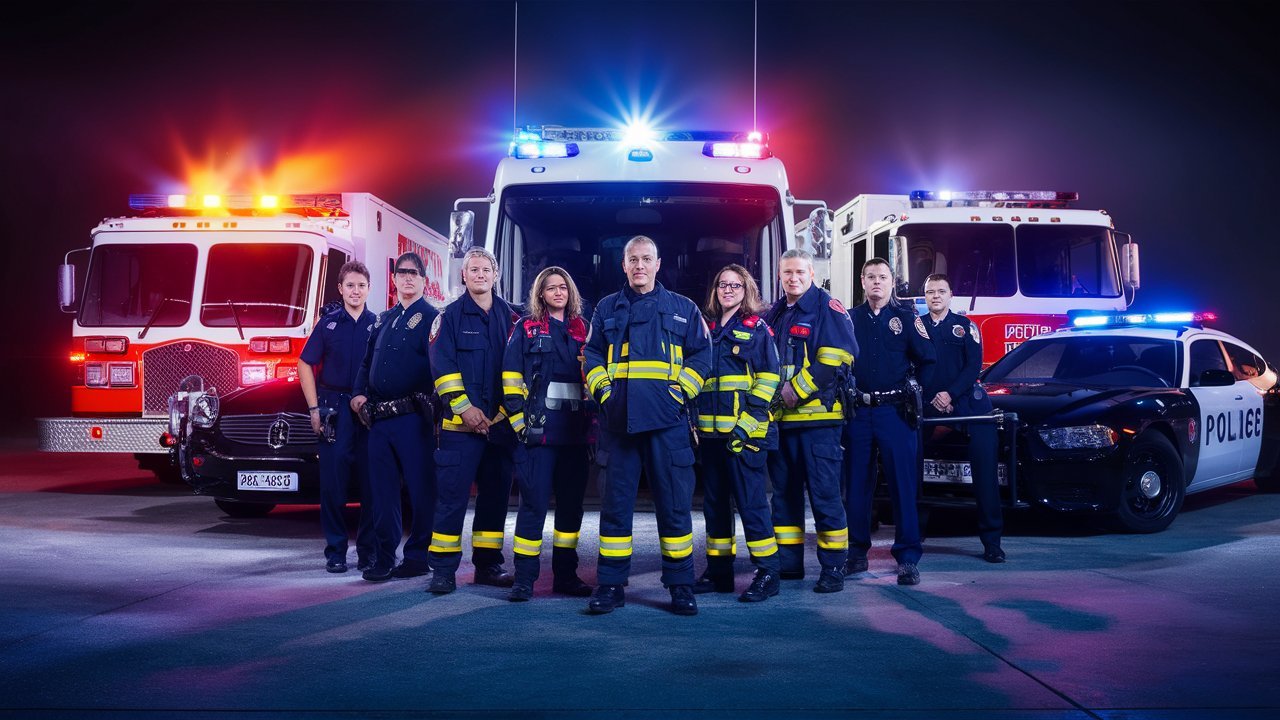In today’s fast-paced world, emergencies can arise at any moment, demanding swift and effective action to mitigate risks and ensure safety. The cornerstone of preparedness in such situations lies in understanding how emergency equipment defines safety. From first aid kits to fire extinguishers, each piece of emergency equipment plays a crucial role in safeguarding lives and property. This comprehensive guide delves into the significance, types, and usage of emergency equipment, empowering individuals and organizations to respond effectively to unexpected crises.

Understanding Emergency Equipment
Emergency equipment encompasses a wide array of tools, devices, and supplies designed to address various types of emergencies, ranging from medical incidents to natural disasters and industrial accidents. Its primary objective is to provide immediate assistance and support until professional help arrives, thereby minimizing potential harm and maximizing the chances of survival.
Importance of Emergency Equipment
Emergency equipment serves as a vital line of defense against unforeseen hazards, offering reassurance and peace of mind in times of uncertainty. By having the right tools readily available, individuals and organizations can act decisively and confidently during emergencies, reducing panic and confusion while enhancing overall safety.
Types of Emergency Equipment
- First Aid Kits: Essential for providing immediate medical assistance in case of injuries, first aid kits contain supplies such as bandages, antiseptics, pain relievers, and CPR masks.
- Fire Extinguishers: Crucial for combating small fires before they escalate, fire extinguishers come in various types, including water, foam, CO2, and dry chemical, each tailored to specific classes of fires.
- Emergency Lights and Exit Signs: Illuminate escape routes and exits during power outages or emergencies, ensuring safe evacuation and minimizing the risk of injuries.
- Emergency Communication Devices: Enable quick and reliable communication during crises, including two-way radios, emergency phones, and satellite phones, facilitating coordination and response efforts.
- Personal Protective Equipment (PPE): Includes gear such as helmets, gloves, goggles, and respirators, designed to protect individuals from hazards such as falls, impacts, chemicals, and airborne contaminants.
- Emergency Shelter and Warmth Supplies: Essential for surviving adverse weather conditions or getting stranded outdoors, these supplies may include tents, blankets, sleeping bags, and portable heaters.
- Automated External Defibrillators (AEDs): Critical for treating sudden cardiac arrest, AEDs deliver electric shocks to restore normal heart rhythm, increasing the chances of survival significantly.
- Emergency Food and Water Rations: Provide sustenance during prolonged emergencies or natural disasters, ensuring individuals have access to essential nutrients and hydration until rescue or relief arrives.

Emergency Equipment Define: Ensuring Safety in Diverse Scenarios
In various contexts, emergency equipment defines safety by enabling prompt intervention and effective risk mitigation strategies. Whether at home, in the workplace, or outdoors, being equipped with the right tools and knowledge can make a crucial difference in averting disaster and safeguarding lives.
Home Safety
In residential settings, emergency equipment such as smoke detectors, fire extinguishers, and first aid kits form the backbone of household safety protocols. Regular maintenance, inspections, and drills ensure that residents are prepared to respond swiftly and effectively to fires, medical emergencies, and other unforeseen events.
Workplace Preparedness
In occupational settings, employers have a legal and ethical responsibility to provide adequate emergency equipment and training to employees. This may include conducting risk assessments, installing safety signage, and equipping facilities with fire suppression systems, emergency lighting, and evacuation plans. By prioritizing workplace safety, businesses can protect their workforce and minimize the impact of emergencies on operations and productivity.
Outdoor Adventures
For outdoor enthusiasts, emergency equipment takes on added significance, as individuals often find themselves in remote or challenging environments with limited access to resources. Backpacking trips, camping expeditions, and wilderness adventures require careful planning and preparation, including packing essential gear such as first aid kits, emergency shelters, navigation tools, and communication devices. Being self-reliant and knowledgeable about emergency procedures is essential for staying safe and enjoying outdoor activities responsibly.
FAQs (Frequently Asked Questions)
- What is the purpose of emergency equipment?
Emergency equipment serves to provide immediate assistance and support during unexpected crises, minimizing harm and enhancing safety. - How often should emergency equipment be inspected and maintained?
It is recommended to inspect and maintain emergency equipment regularly, following manufacturer guidelines and industry best practices. - Are there legal requirements for emergency equipment in workplaces?
Yes, employers are legally obligated to provide adequate emergency equipment and training to ensure the safety of their employees. - Can individuals purchase and maintain their own emergency equipment for personal use?
Absolutely. It’s prudent for individuals to have their own emergency equipment, such as first aid kits and fire extinguishers, for home or personal use. - What should I do if I encounter someone experiencing a medical emergency?
Remain calm, assess the situation, and provide appropriate assistance, such as administering first aid or calling for professional help. - How can I learn more about specific types of emergency equipment and their usage?
There are numerous resources available, including online guides, training courses, and community workshops, that provide comprehensive information on emergency equipment and procedures.
Conclusion
In summary, emergency equipment plays a pivotal role in defining safety across various settings and scenarios. By understanding its importance, acquiring the necessary tools, and staying informed about best practices, individuals and organizations can effectively prepare for emergencies and protect lives and property. From basic first aid kits to advanced life-saving devices, investing in emergency equipment is an investment in safety and resilience.

